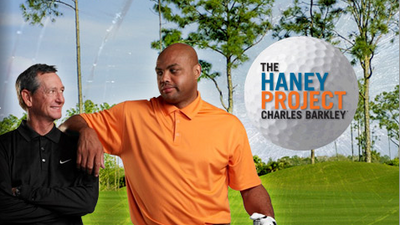vapoolplayer,
I am amazed at how illogical some can appear to be. My guess is that they have been scared off anything but center hit of the cue ball. Which is the hardest thing to do regardless of how consistent & repeatable one's stroke is.
Thing about it, one is trying to put the center milimeter of say a 13mm tip exactly on the center of a round ball. If anyone thinks that they are actually doing that on a consistant basis, I would probably say that they are delusional or have been brain washed.
However the pockets are bigger than the balls & that does provide a margin for error.
Regards to You,
I am amazed at how illogical some can appear to be. My guess is that they have been scared off anything but center hit of the cue ball. Which is the hardest thing to do regardless of how consistent & repeatable one's stroke is.
Thing about it, one is trying to put the center milimeter of say a 13mm tip exactly on the center of a round ball. If anyone thinks that they are actually doing that on a consistant basis, I would probably say that they are delusional or have been brain washed.
However the pockets are bigger than the balls & that does provide a margin for error.
Regards to You,

